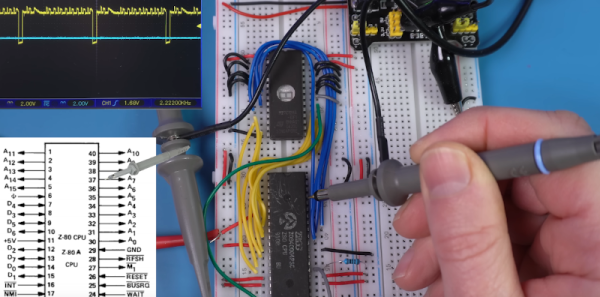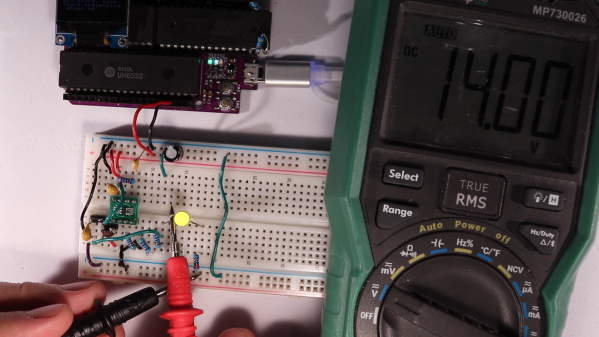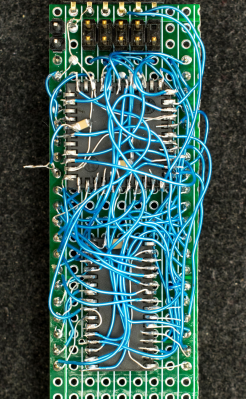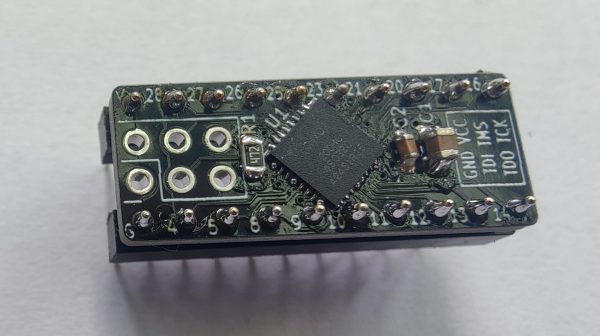The solderless breadboard is perhaps the electronic hobbyist’s most commonly used tool, but let’s be honest, it isn’t exactly anyone’s favorite piece of gear. Even if you’ve got an infinite supply of jumpers in just the right size, any mildly complex circuit quickly becomes a nightmare to plan out and assemble. To say nothing of the annoyance of trying to track down an intermittent glitch, only to find you’ve got a loose wire someplace…
The Sandwizz Breadboard hopes to address those problems, and more, by turning the classic breadboard into a high-tech electronics prototyping platform. The Sandwizz not only includes an integrated power supply capable of providing between 1.8 and 5 volts DC, but also features an array of integrated digital and analog components. What’s more, the programmable connection system lets you virtually “wire” the internal and external components instead of wresting with jumper wires.
To configure the Sandwizz, you just need to connect to the device’s serial interface with your favorite terminal emulator and work your way through its text-based menus. You can also export a netlist file from your KiCad schematic and upload it into the board to make all the necessary connections automatically. This lets you make the leap from concept to physical prototype in literally seconds.
Continue reading “Sandwizz Promises To Reinvent The Breadboard”



















